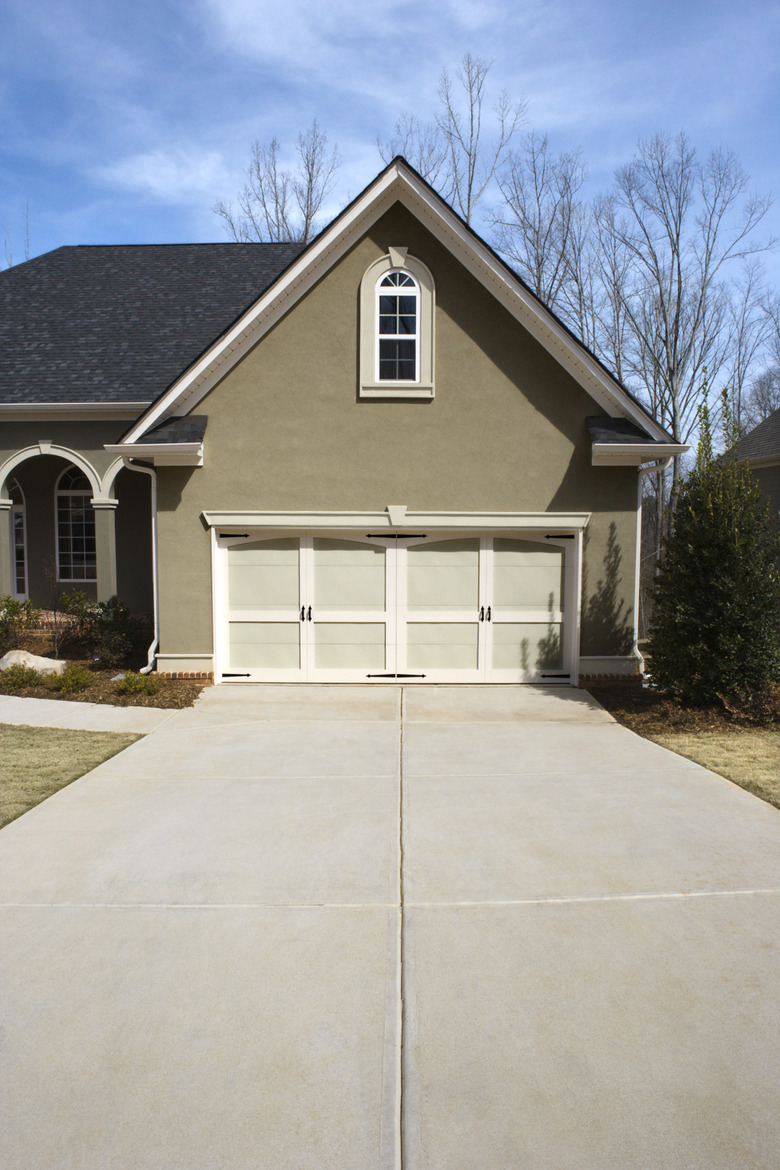How To Fix Driveway Ruts
Step 1
Remove loose debris from the rut, using a hand brush and blower.
Step 2
Brush a thin coat of bonding adhesive around the inside of the rut, using a paintbrush.
Step 3
Spread vinyl concrete patch compound, plastic filler or solid cold patch over the binding adhesive with a trowel. Tamp the patch down with a metal hand tamper or the end of a 4-by-4 inch board.
Step 4
Brush transparent sealant over the patch with a paint roller to protect it from further damage. If you're applying a coat over the entire driveway, use sealer that loads into a spray pump for a quicker, less laborious application.
Fix Ruts in Gravel
Step 1
Rake the surface of the driveway first. Move across the width and then down the length to spread the gravel from high areas into shallow ruts.
Step 2
- Remove loose debris from the rut, using a hand brush and blower.
- Brush a thin coat of bonding adhesive around the inside of the rut, using a paintbrush.
Step 3
Park a tractor at the end of the driveway that's closest to the house. It should face the street. Attach a box scraper to the back of the tractor, and lower the blade to dig an inch deep into the gravel. If you don't have a tractor, hire a landscaper to complete the project.
Step 4
Drive the tractor over the driveway slowly, so that the blade can loosen and evenly disperse the top layer of gravel. Do this two or three times or until the surface is smooth.
Step 5
Replenish the driveway with a 2-inch-thick layer of new gravel. Rake it into a crown so that the middle is higher than the sides to allow for drainage.
Step 6
- Park a tractor at the end of the driveway that's closest to the house.
- Drive the tractor over the driveway slowly, so that the blade can loosen and evenly disperse the top layer of gravel.
Step 7
Compact the gravel with a hand tamper or a compactor machine. If you don't have access to this equipment, an alternative is to lay wood boards over the driveway and drive over the boards a few times to apply even pressure on the surface.
